| Plant Habit: | Shrub |
| Life cycle: | Perennial |
| Sun Requirements: | Full Sun Full Sun to Partial Shade |
| Water Preferences: | Wet Wet Mesic Mesic Dry Mesic |
| Soil pH Preferences: | Slightly acid (6.1 – 6.5) Neutral (6.6 – 7.3) Slightly alkaline (7.4 – 7.8) Moderately alkaline (7.9 – 8.4) |
| Minimum cold hardiness: | Zone 2 -45.6 °C (-50 °F) to -42.8 °C (-45°F) |
| Maximum recommended zone: | Zone 8b |
| Plant Height: | 5 to 8 feet (1.5-2.4 m) |
| Plant Spread: | 4 to 6 feet (1.2-1.8 m) |
| Leaves: | Deciduous Broadleaf Other: poor to average yellow to purplish fall color |
| Fruit: | Showy Other: papery 4-parted bladder-like capsules begin reddish |
| Fruiting Time: | Summer Late summer or early fall Fall Late fall or early winter Winter |
| Flowers: | Showy Blooms on old wood |
| Flower Color: | Pink White |
| Bloom Size: | 1"-2" |
| Flower Time: | Late spring or early summer |
| Uses: | Windbreak or Hedge Provides winter interest Erosion control Will Naturalize |
| Wildlife Attractant: | Birds |
| Resistances: | Tolerates dry shade Drought tolerant |
| Propagation: Seeds: | Sow in situ Other info: seeds germinate easily without treatment |
| Propagation: Other methods: | Cuttings: Stem Other: softwood summer cuttings at 60 degrees in peat:sand |
| Pollinators: | Various insects |
| Miscellaneous: | Tolerates poor soil Monoecious |

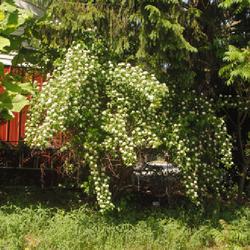


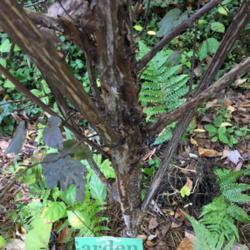


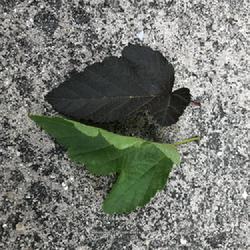

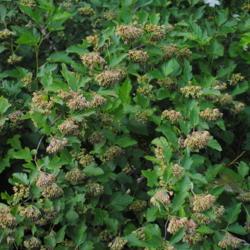
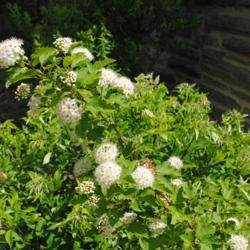
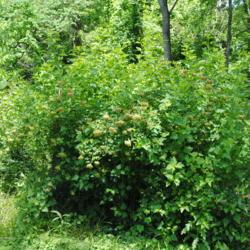
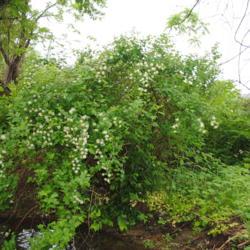

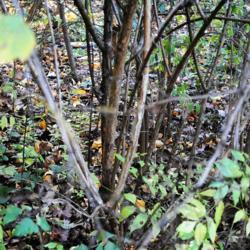

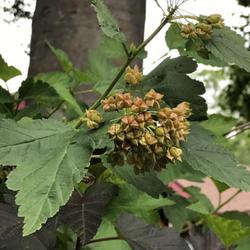
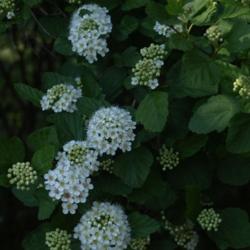

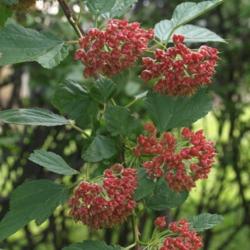

« Add a new plant to the database
» Search the Ninebarks Database: by characteristics or by cultivar name
« See the general plant entry for Ninebarks (Physocarpus)